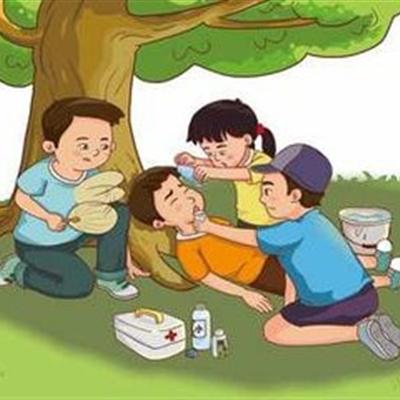How is acromegalic cardiomyopathy treated?
summary
This kind of acromegalic cardiomyopathy always appears when people don't pay attention to it; If it is late, it is very difficult to cure without intensive treatment. How is acromegalic cardiomyopathy treated?
How is acromegalic cardiomyopathy treated?
1) Bromocriptine: bromocriptine can stimulate the secretion of growth hormone in normal people, but can inhibit the secretion of growth hormone and prolactin in patients with this disease. In order to avoid adverse reactions, we must start from a very small dose (1.25mg) and take it with food before going to bed and eating, once a day at first. After a few days, those who can adapt can increase 1.25-2.5mg every 3-7 days, and gradually reach the required dose, sometimes 60-70mg every day, generally more than 15mg, and take it orally in 2-3 times. About 2 weeks later, the symptoms began to reduce, and the compression syndrome decreased. After 2-3 months, obvious curative effect and even tumor shrinkage could be seen. About 2 / 3 of the patients showed significant decrease in growth hormone and prolactin. This drug is a dopamine enhancer. It can only inhibit GH secretion and must be treated for several years. However, it is still easy to relapse after drug withdrawal. If it is ineffective or relapsed, surgery or radiotherapy is often needed. The common reactions were nausea, vomiting, constipation, dizziness, hypotension, Raynaud's phenomenon, erythema and limb pain. This drug can be used for small adenoma or large adenoma with extra sellar compression, no matter before operation, after operation or before and after treatment.
Surgical treatment: if after radiotherapy, the visual impairment is deepened, the visual field is narrowed, and the visual field continues to deteriorate, and other lesions are not improved. Patients with severe visual field damage without radiotherapy, intractable severe headache, intracranial hypertension, pituitary apoplexy and insulin resistant diabetes mellitus were the indications for surgical decompression and tumor resection. The curative effect was 60% - 80%. Especially for large tumors, although craniotomy, the curative effect is still poor. The contraindications for operation are: 1) the elderly are weak with other diseases and can not afford anesthesia. ② Severe sphenoid sinus infection.
Radiotherapy: there are two kinds of irradiation: external irradiation and internal irradiation. Growth hormone cells are sensitive to 60% - 90% of irradiation, and can be used in the formative stage or those with activity progression. The indications were as follows: 1. ② GH was still high after operation. ③ Elderly, weak, general condition does not allow surgical treatment, and the tumor is small and GH elevation is not much. The total effective rate was 85%.
matters needing attention
The mortality of patients with acromegaly is about twice as high as that of normal people; Female patients are usually caused by malignant lesions, and most of the late patients died of secondary respiratory tract infection. Acromegalic cardiomyopathy has been seriously damaged, if you do not pay attention to maintenance in time, then you are likely to lose it, so we usually have to take care of ourselves, physical health can make you more beautiful.














